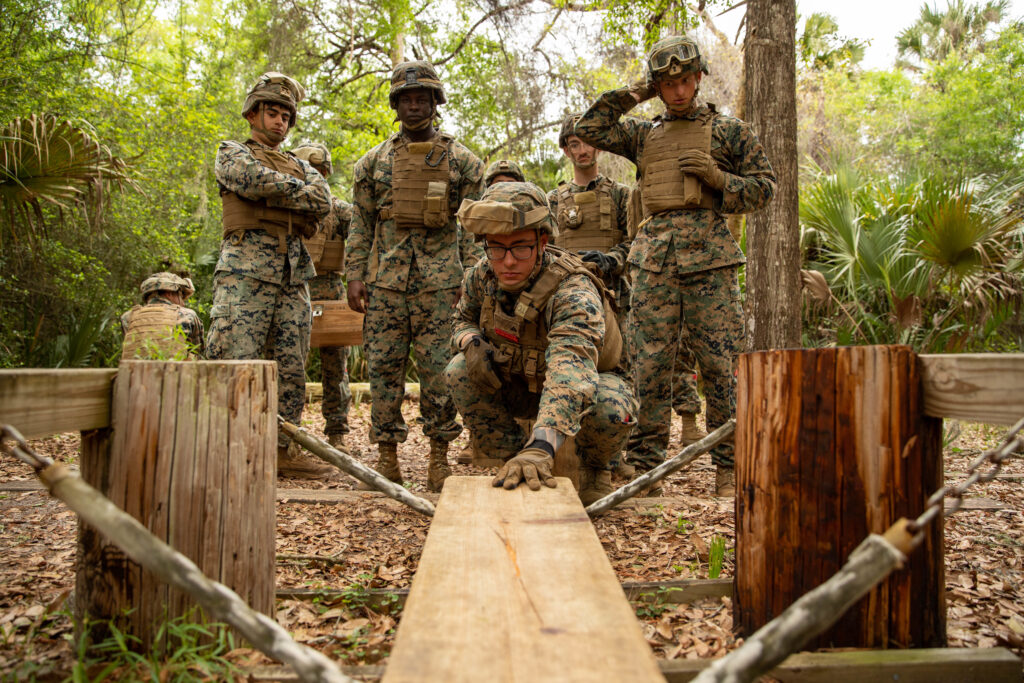
ARLINGTON, Va. — Ukraine’s widespread use of sensor technology to find, target and destroy Russian tanks and command structure is one of the early lessons learned from that conflict, the U.S. Marine Corps’ top requirements officer says.
Discussing the Marines’ Force Design 2030 modernization effort at the Center for Strategic and International Studies on May 4, Lt. Gen. Karsten Heckl, head of Marine Corps Combat Development Command, was asked what strategic and tactical lessons have come out of Russia’s invasion of Ukraine.
“To me, and in conversations with other officers across various services, clearly the ubiquity and proliferation of sensors and the ability to close kill chains accurately, precisely on any target is a major lesson to take away,” said Heckl, who is also deputy commandant for Combat Development and Integration.
While it was too soon to “draw any firm, fast conclusions,” he noted Commandant Gen. David Berger had directed several of his deputies to “make sure we’re harvesting the appropriate lessons from this thing.”
Berger’s Force Design plan seeks to retool the Corps, in size, focus and weaponry to deter a rising China, which the National Defense Strategy identifies as a “pacing challenge” to U.S. interests and the post-1945 world order. Heckl noted that a focus on loitering munitions and organic precision fires, like that seen in Ukraine and the 2020 war between Armenia and Azerbaijan, “is one of the routes Force Design went down early. And we are pursuing that in various forms.”
Logistics is another crucial issue, highlighted by the Russians’ struggle to advance their tank and truck columns.
“The pacing factor in Force Design is logistics in a contested environment,” Heckl said. “As you saw with the Russian invasion of Ukraine, any armor is a massive consumer of fuel. We learned long ago in Iraq and Afghanistan, that fuel trucks on the road immediately became the target.”
While the Marines have disposed of their battle tanks, fuel dependence is still “a significant vulnerability,” for the widely dispersed expeditionary advanced base operations envisioned in Force Design, Heckl said.
“Sustainability, just like [heat] signature management, is first and foremost in every thought, through all our studies, analyses, experiments, exercises, all this campaign of learning. It’s the analytical rigor that underpins every decision the commandant makes on Force Design,” Heckl said.
- Shall We Play a Game? Winning Isn’t the Point, Experts Say - April 5, 2023
- U.S. Goal: Maintaining Extended Presence in Arctic’s Harsh Environment - April 4, 2023
- Joint, Combined Exercise Shows Marine Littoral Regiment Idea is on ”Right Track’ - February 24, 2023






